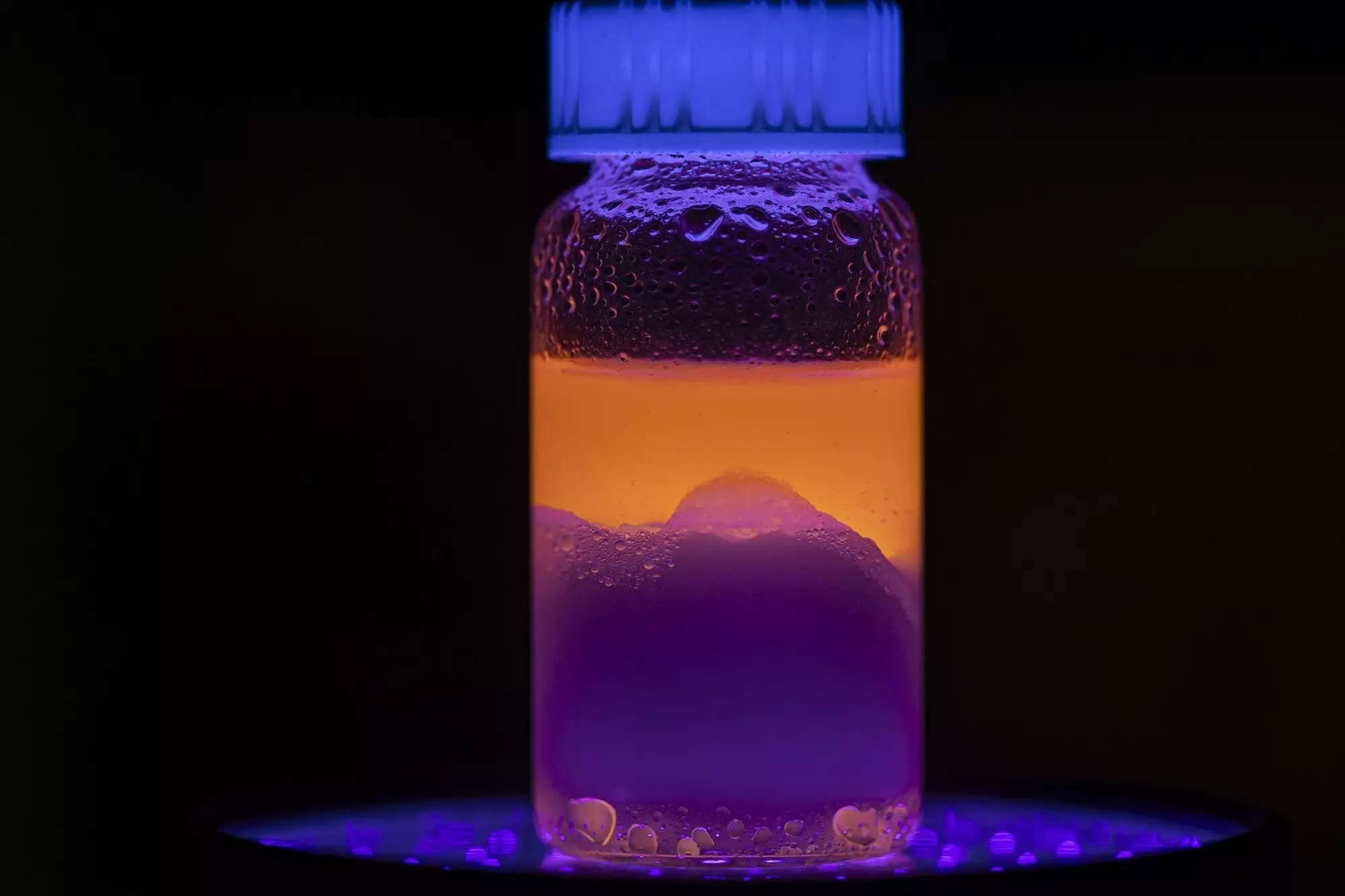Nanoplastics, the invisible adversaries of our waterways and ultimately human health, are an emerging concern for scientists worldwide. This research addresses how even the tiniest fragments of plastic can affect everything from ecosystem health to human cardiovascular and respiratory conditions. Researchers at the University of Missouri are leading a crucial charge in understanding and combating the implications of these microscopic pollutants, developing cutting-edge solutions that may revolutionize water purification processes.
Nanoplastics are minute plastic particles that elude the naked eye, often measuring just a fraction of the width of a human hair. Their ubiquity in aquatic environments raises alarm bells, as they can infiltrate food chains, thereby posing significant threats not only to wildlife but also to human health. Existing research has linked nanoplastics to various health complications, underscoring the crucial need for effective filtration methods. Current purification technologies often fall short, leading to an urgent requirement for innovative, cost-effective strategies that not only conserve water resources but also guarantee its purity.
At the heart of this battle against nanoplastic pollution lies recent research from the University of Missouri, exemplified by the work conducted by Piyuni Ishtaweera, a doctoral candidate in nano and materials chemistry. The recently published paper in *ACS Applied Engineering Materials* details a novel liquid-based solution that promises to efficiently eliminate over 98% of nanoplastic particles from contaminated water sources. This achievement is a significant leap forward in the ongoing struggle against plastic pollution and offers hope for restoring ecosystems besieged by these persistent contaminants.
Using a special formulation of water-repelling solvents derived from natural ingredients, Ishtaweera’s team has developed a method that effectively removes nanoplastics while maintaining clean water. Associate Professor Gary Baker, who contributed to the study and serves as its corresponding author, points to the strategy’s efficiency in pairing a concentrated solvent with a large volume of water, optimizing the absorption of nanoplastic particles—an approach not previously explored in this context.
What sets this innovation apart is not just its immediate effectiveness but also its sustainability. The solvents created for this filtration process are non-toxic and designed to float on water, behaving similarly to oil. They provide a means to retrieve nanoplastics simply—with careful techniques, researchers can collect the contaminated solvent, leaving behind pristine water. This approach minimizes the risk of further contamination and encourages the development of environmentally friendly purification techniques.
Future iterations of this research plan to delve deeper into the nuances of solvent capacity and recycling methodologies, aiming to further enhance the technique’s scope and applicability. Ishtaweera and Baker envision scaling this innovative procedure for broader applications, potentially extending its benefits to larger water bodies like lakes and oceans.
Broadening the Horizon for Research and Development
This research represents a critical step in addressing a multifaceted problem. It opens doors to more advanced filtration technologies and fosters a deeper understanding of nanomaterial behavior in water. Moreover, by highlighting the intersections of environmental science and public health, this work emphasizes the need for informed policy-making grounded in scientific innovation. As researchers like Ishtaweera advance into roles within organizations such as the U.S. Food and Drug Administration, the implications of their findings will resonate across multiple disciplines, informing strategies for mitigating plastic pollution and protecting aquatic ecosystems.
The work being done at the University of Missouri is not just about tackling nanoplastics; it represents a commitment to a healthier planet and echoes the ongoing call to reimagine our relationship with natural resources. With continued support and research, the promise of cleaner, safer water sources can become a reality, ensuring the well-being of both our environment and our society. Through innovation and collaboration, the fight against nanoplastic pollution is not only possible but also inevitable.

